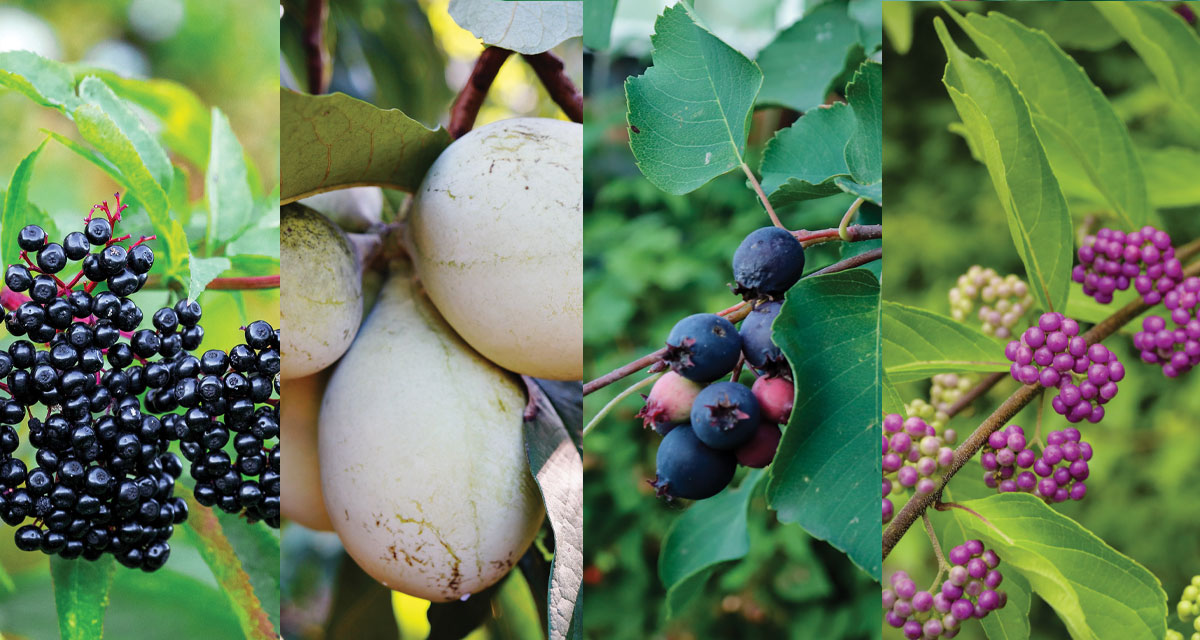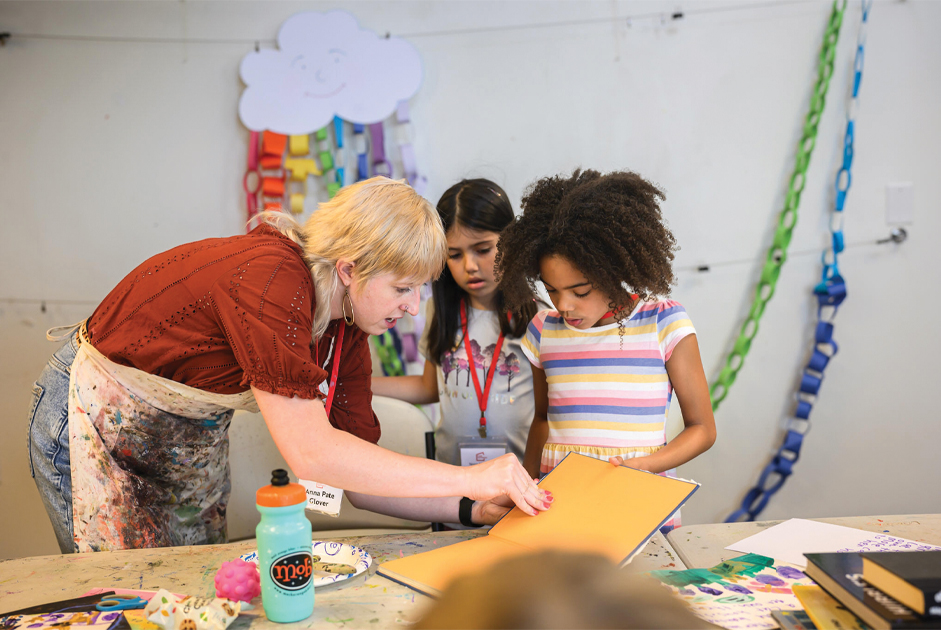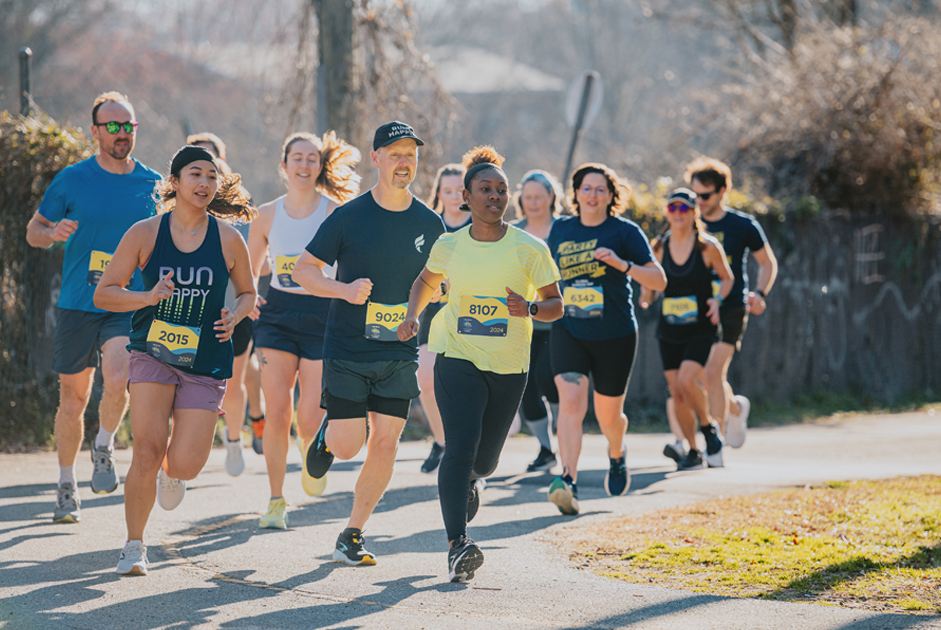Outside the city limits, the scene quickly changes from houses to miles of open fields. In May, blooming flowers catch the eye of drivers, perhaps for the first time. Although they’re quite different in definition from wildflowers, these trees, shrubs, and flowers are indeed growing in the wild, their seeds scattered by the winds to beautify our state. In the blur from the window, identifying individual species is virtually impossible. But just imagine the list of rare plants native to our location that could further flourish with a little human help! With some assistance in locating specific plants at a nursery, consider stepping outside your usual flora choices and instead choose a unique, fruitful tree, shrub, or plant that will benefit our creatures, insects, and flyers. You can grow plants from cuttings or purchase seeds and live plants from a reliable source.
What is Propagation? Walks allow the eye to take notice of flowers in their natural environment. How often have you plucked a blossom simply because the fragrance or coloring appealed to you? Rather than allow the stem to die, you have the means to facilitate the reproduction of a plant through propagation! It’s a goal you can achieve regularly. English Ivy, a spider plant, and even woody plants, such as six-inch stems with healthy shoots from elderberry or butterfly bushes, will grow roots if placed in water. Try it!
The Wild Elderberry Bush
Along roads and ditches, a passerby will see a shrub growing tall and wide with white flowers, and between August and September, purple berries! If dark purple stems are present, leading to the berry, then, you most likely have found a wild elderberry bush! The most popular species are the European Sambucus Nigra, and the American Sambucus canadensis, where you can find several varieties. When purchasing, find a nursery that focuses on growing elderberry plants. You’ll be most pleased with two-year-old bare-rooted plants.
Planting: Roots often grow near the surface, while the taproot acts as an anchor. As a rule, dig a hole three times as wide as the root system. Elderberries thrive with a combination of 1 part sand to two parts soil. Situate the roots near the surface; avoid burying the trunk. Water thoroughly and often! Add mulch to help maintain a level of moisture.
Paw-Paw Trees
Hikers will come across a grove of 12-to-20-foot trees whose dark green, oblong tropical leaves appear out of place in North Carolina. The paw-paw has distinguishing dark brown buds that transition into maroon flowers. Appearing in clusters is the fruit. When ripe, the fruit will have a sweet custard flavoring, similar to a banana. Paw paws are mostly disease-free and resistant to fungus. Pollen-seeking insects will love their source of pollen and pollinate the grove!
Planting: If you have a location that receives morning shade and evening filtered sun, consistent moist ground, you may have the perfect spot!
Juneberry Bush
North Carolina sought a plant more reliable and hardier than the finicky blueberry. The result—the Jennybelle Juneberry! Its fruit is dark purple with tiny, soft seeds and tastes similar to dark cherries. Highly nutritious, and a rare fruit specimen is ready for harvest, yielding four to six pounds of berries, by mid-June!
Planting: As a medium-sized bush, it tolerates coarse sand to silty clay in soils with a pH level of 4.8 to 8.0 in full sun to part shade! Consider planting four feet between bushes and be ready for pre-summer picking after the third year!
“NC Wild Flower of the Year”
Our state Botanical Gardens holds 300 acres of land protected by the University of North Carolina at Chapel Hill. Every year it names a specific wildflower and offers free seed packets while supplies last. The 2021 winner is the “American Beautyberry,” a shrub that forms clusters of pink flowers in spring and summer; yet, deepens to a vibrant shade of magenta in fall. Some describe it as “neon-violet.” The berries are a source of food for the wildlife.
Planting: Found in the understory of woodlands, it requires a similar environment to thrive: direct sunlight with a high pH level and plenty of water!
The unique, native plants can brighten up your yard and become a conversation piece! Family, friends, and neighbors will undoubtedly remark on your attractive fruit and blossoms!
*Lisa Doss is an NC State Extension Master Gardener Volunteer and a State Certified Beekeeper.























